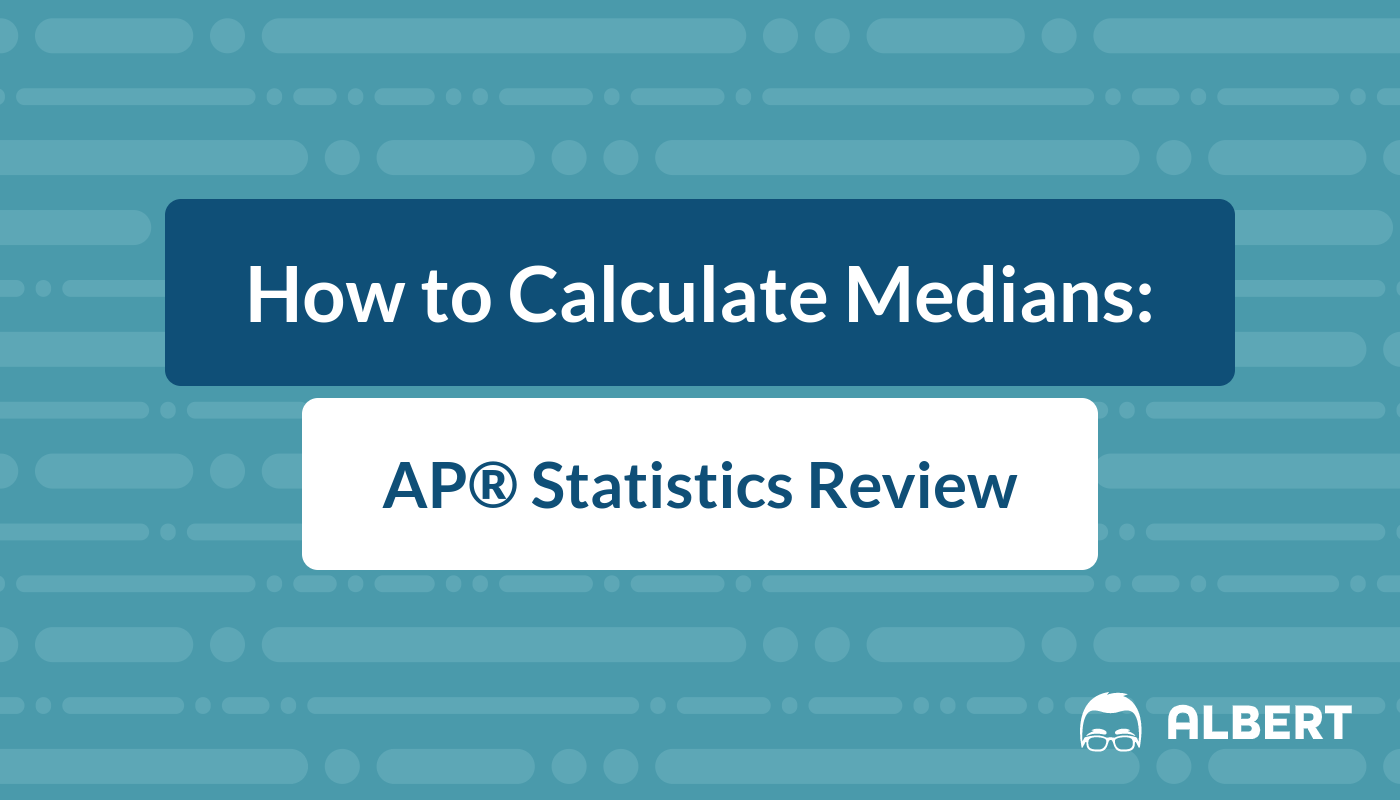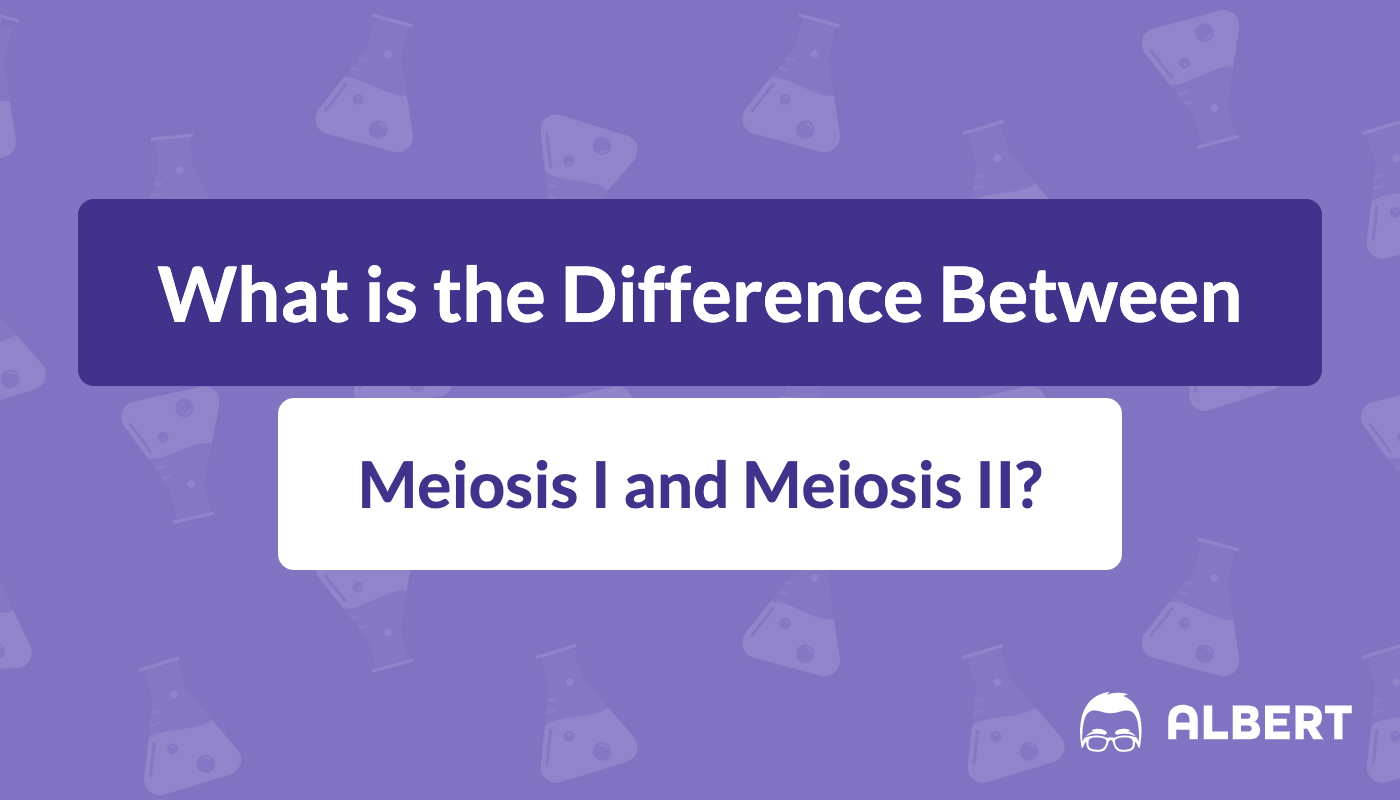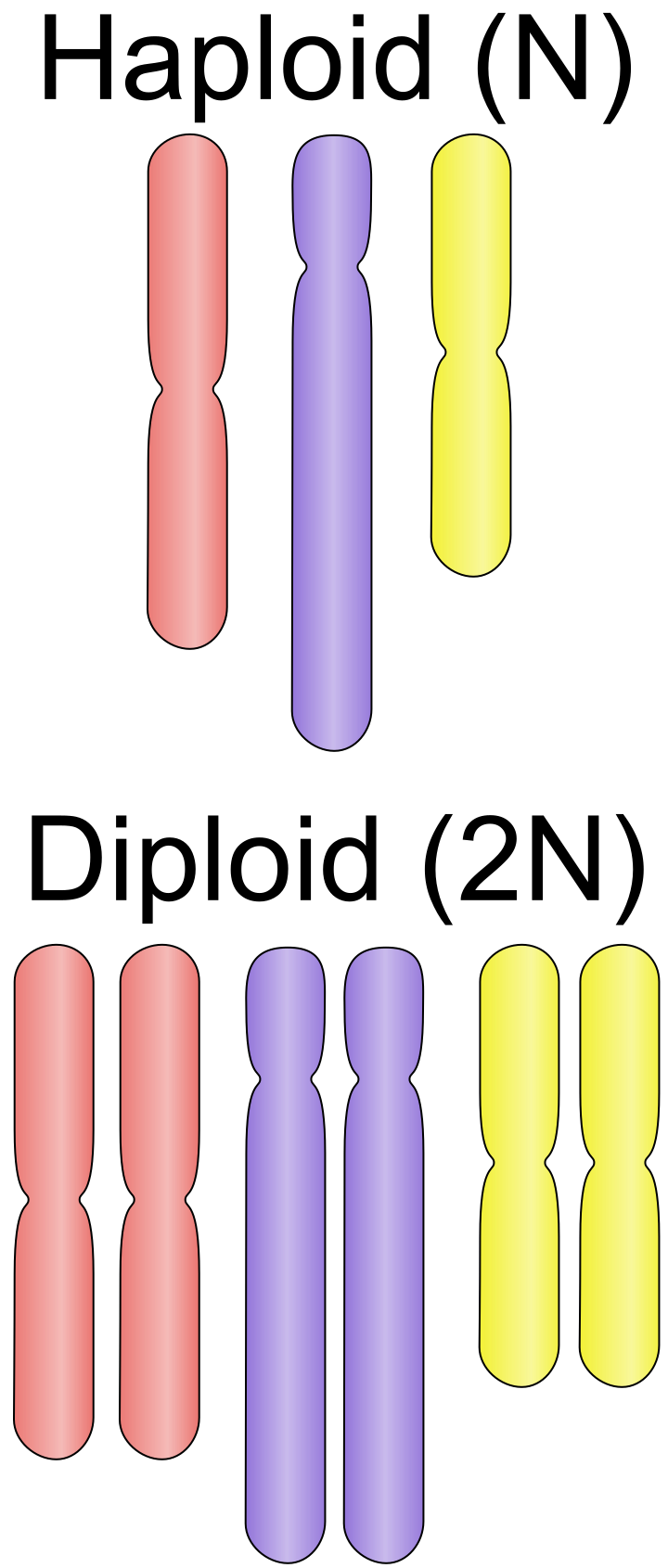How to Calculate Medians: AP® Statistics Review
Dealing with the stats part of the AP® Statistics exam can be intimidating enough on its own, but on top of that, you are probably discovering that there’s enough confusing vocabulary to make your head spin! Take the median, for example – along with its siblings mean and mode; they make up the “measures of central tendency,” and like any family members, they can be tough to tell apart.







